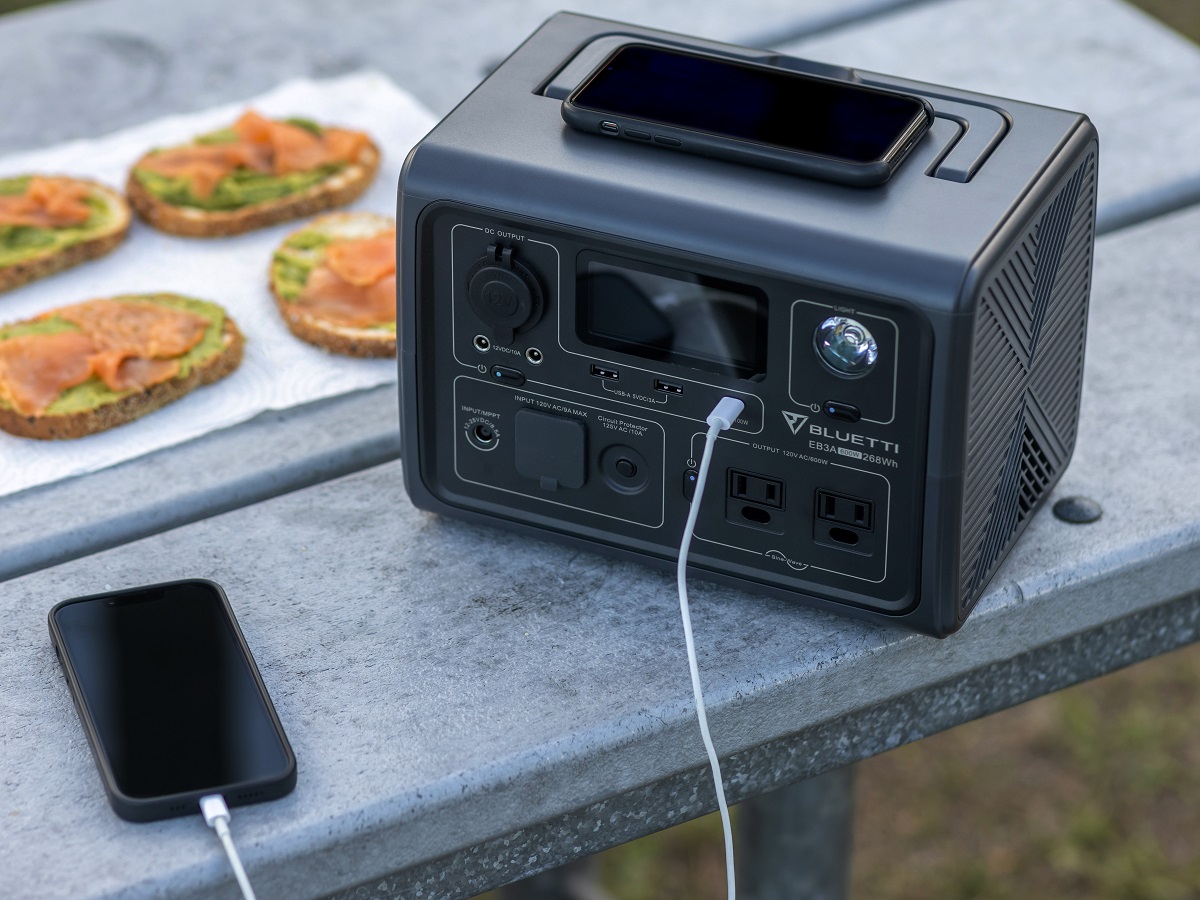As our planet moves closer towards renewable energy sources, solar power is gaining popularity due to its sustainability and affordability.
Solar generators are an excellent way to harness this energy, but it’s essential to understand the role of inverters in solar generators and their impact on power output.
What is a solar generator?

A solar generator is a portable device that uses solar panels to generate electricity.
It consists of solar panels, batteries, and an inverter. The solar panels capture sunlight and convert it into DC (Direct Current) electricity, which is stored in the batteries.
The inverter then converts the DC electricity into AC (Alternating Current) electricity that can power household appliances.
What is an inverter?
An inverter converts DC electricity into AC electricity. In the context of solar generators, the inverter is a critical component that allows the use of the DC electricity stored in the batteries to power household appliances that require AC electricity.
Types of Inverters
There are two different types of inverters on the market:
- Pure sine wave inverters
- Modified sine wave inverters.
Pure sine wave inverters are more efficient and produce a higher quality of AC electricity, similar to the electricity supplied by the grid.
Alternatively, modified sine wave inverters are less expensive and produce lower quality AC electricity that may not be compatible with some appliances.
The Basics of Inverters

Inverters work by using electronic switches to alternate the flow of DC electricity. They take a DC input voltage, which is usually provided by a battery or a solar panel, and convert it into AC output voltage, which is compatible with most household appliances.
The most common type of inverter used in solar power systems is the grid-tied inverter. This type of inverter is designed to synchronize the output voltage and frequency with the grid's voltage and frequency.
This ensures that the solar power system can feed electricity into the grid without causing any disruption to the power supply.
Inverters use pulse-width modulation (PWM) or pulse-amplitude modulation (PAM) techniques to control the AC output voltage.
PWM involves switching the DC input voltage on and off at a high frequency, typically in the range of 20kHz to 100kHz. The width of the pulse determines the amplitude of the AC output voltage.
In contrast, PAM involves varying the amplitude of the DC input voltage to control the amplitude of the AC output voltage.
Inverter Components
Inverters consist of several components that work together to convert DC electricity into AC electricity. These components include:
- DC-DC converter: This component converts the DC input voltage to a stable DC voltage that is suitable for the inverter's electronic switches.
- Electronic switches: The switches are used to alternate the flow of DC electricity to create an AC waveform.
- Transformer: The transformer is used to step up or step down the AC voltage to the required level.
- Filter: The filter is used to remove any unwanted harmonics from the AC waveform.
- Output stage: The output stage amplifies the AC voltage to the required level.
Working of Inverters
The working of inverters can be divided into three stages: input stage, inverter stage, and output stage.
Input Stage: In the input stage, the DC input voltage is first converted into a stable DC voltage using a DC-DC converter. The output voltage of the DC-DC converter is then applied to the inverter stage.
Inverter Stage: The inverter stage consists of electronic switches that are used to alternate the flow of DC electricity. The electronic switches are controlled by a microcontroller, which ensures that the switches are turned on and off at the right time. The switching frequency is typically in the range of 20kHz to 100kHz.
The electronic switches are usually MOSFETs (Metal-Oxide-Semiconductor Field-Effect Transistors) or IGBTs (Insulated-Gate Bipolar Transistors). MOSFETs are preferred for low-power applications, while IGBTs are preferred for high-power applications.
Output Stage: The output stage amplifies the AC voltage to the required level using a transformer and an output filter. The built in transformer is used to step up or step down the AC voltage, depending on the application's requirements. The output filter is used to remove any unwanted harmonics from the AC waveform.
Final Thoughts
The inverter is a critical component of a solar generator that plays a significant role in determining the power output and compatibility with appliances.
It’s essential to choose the right inverter to ensure maximum power output and compatibility with appliances.
A high-efficiency inverter with a high surge power capacity and a voltage that matches the appliances' requirements will ensure that the solar generator can produce the electricity needed to power the appliances.
With the right inverter, solar generators can be a sustainable and affordable way to harness the power of the sun.






































































